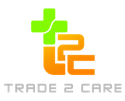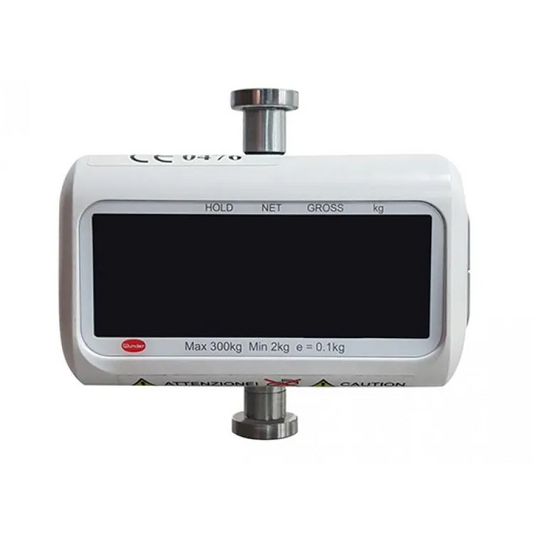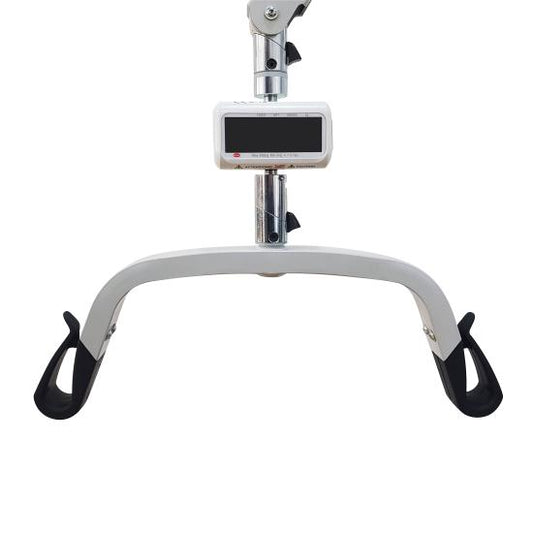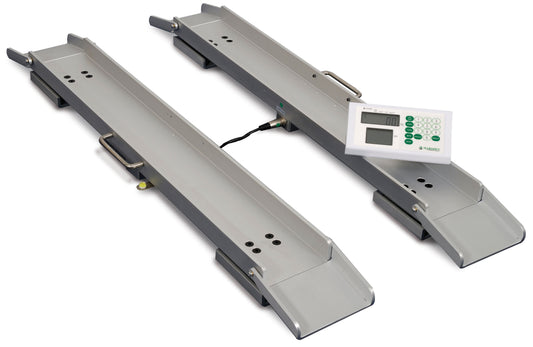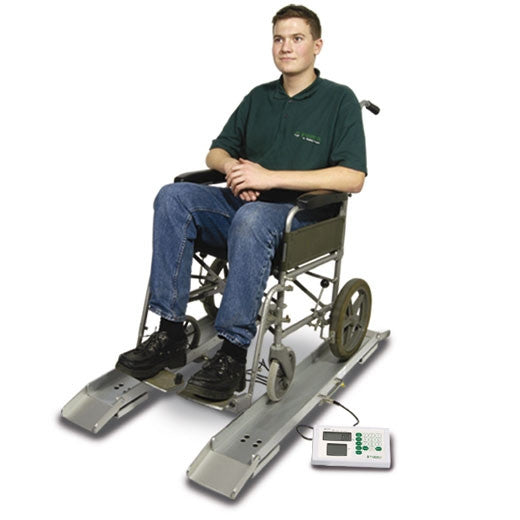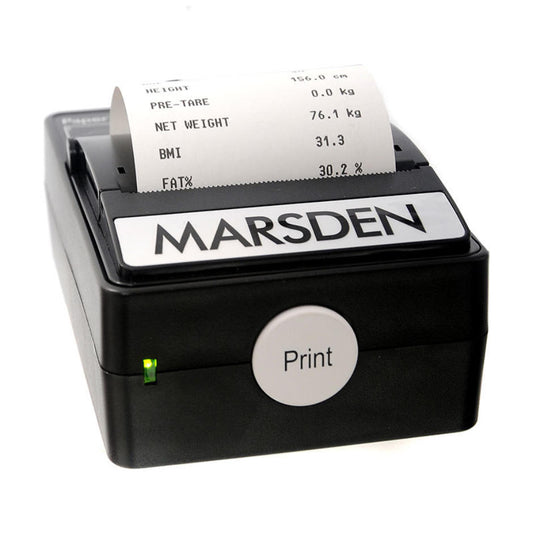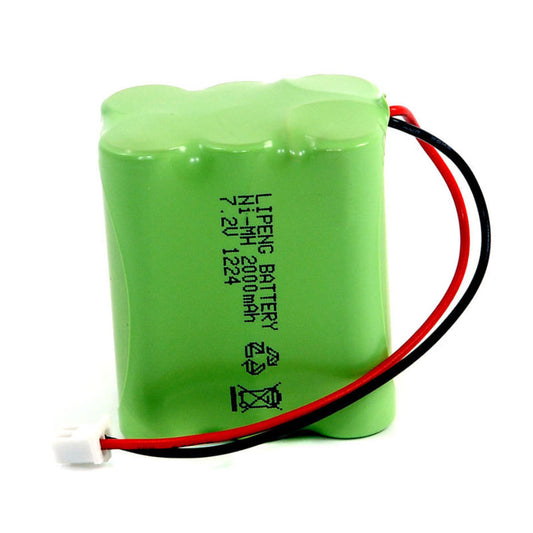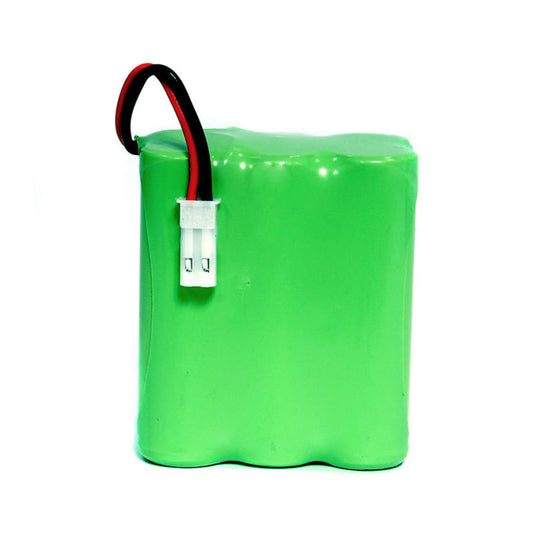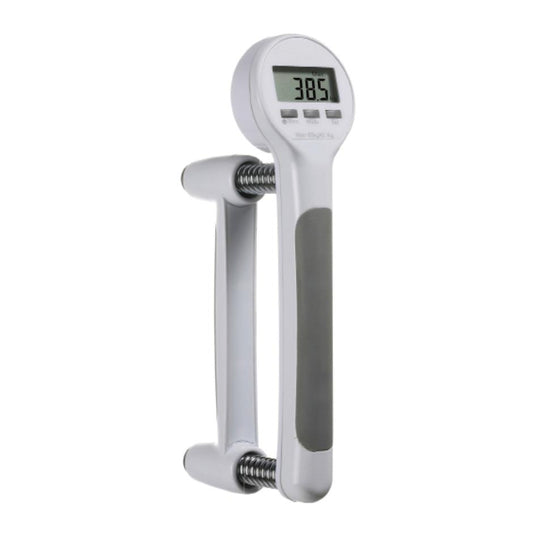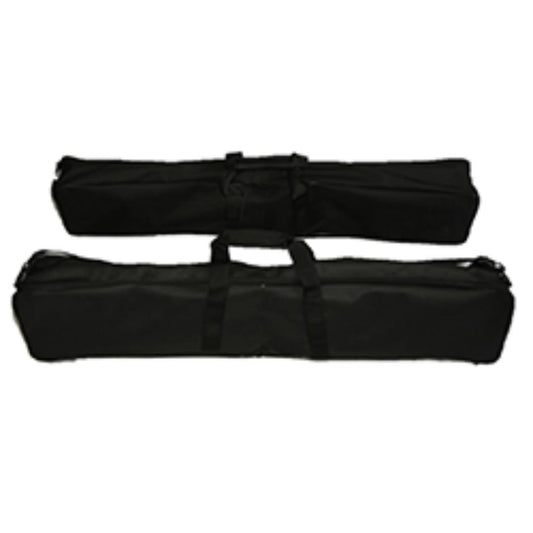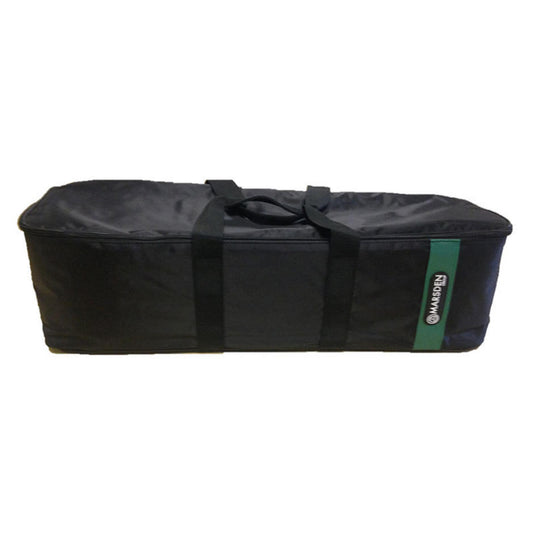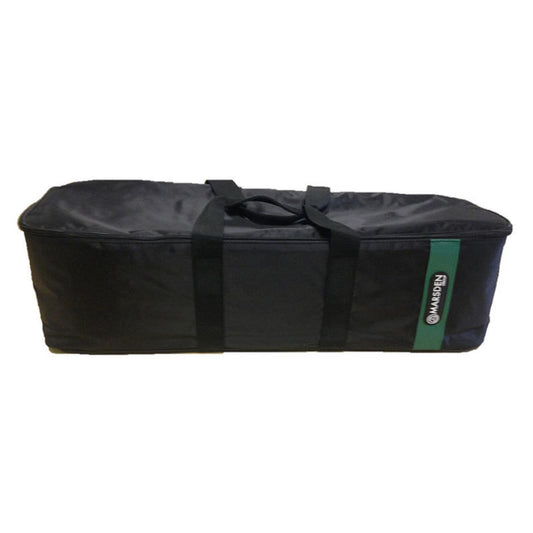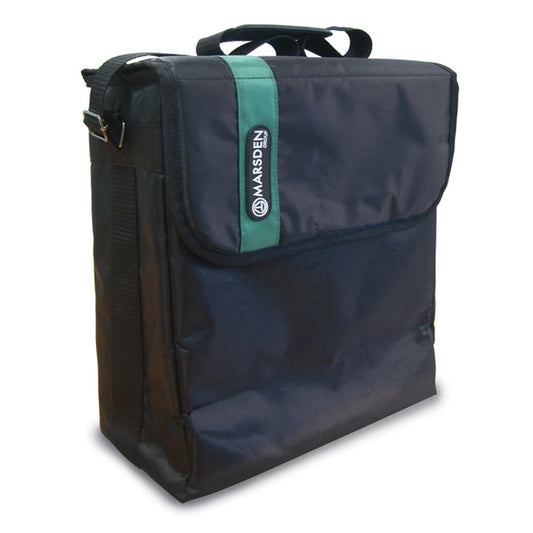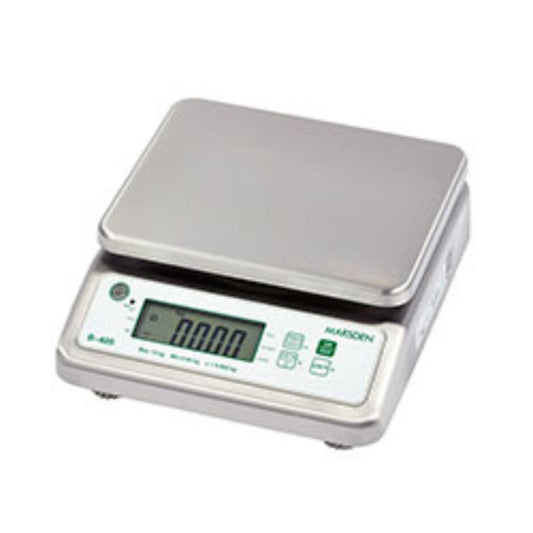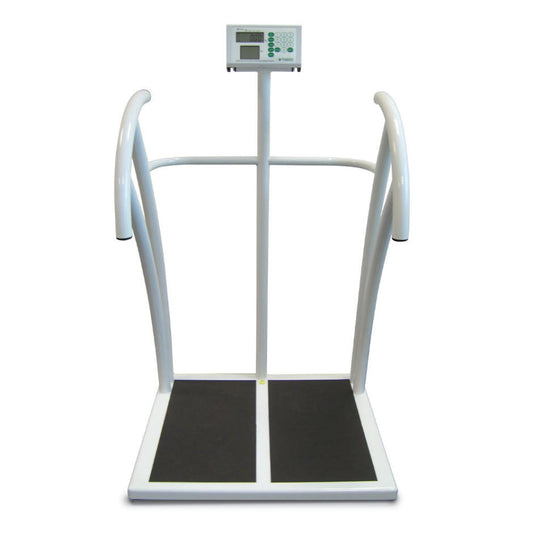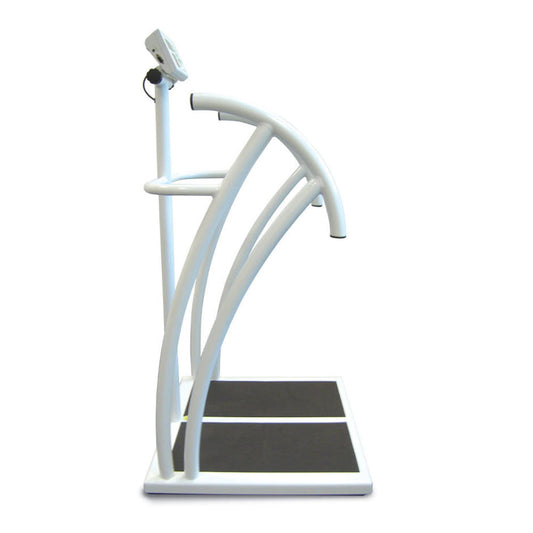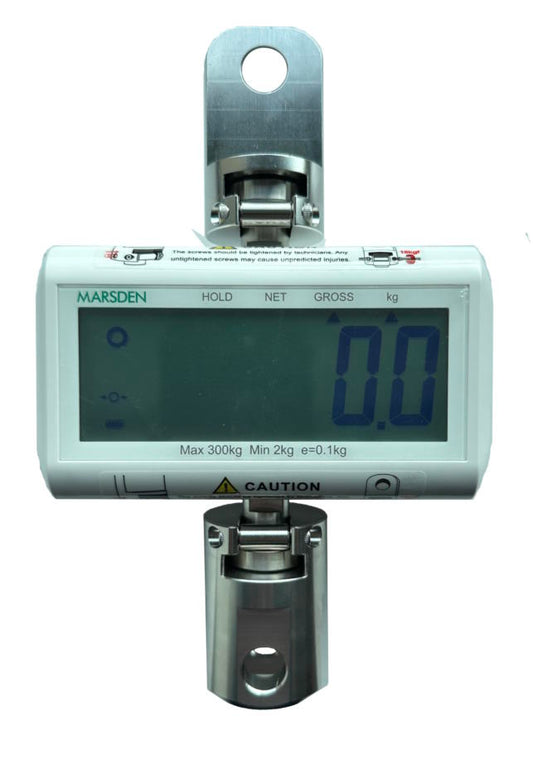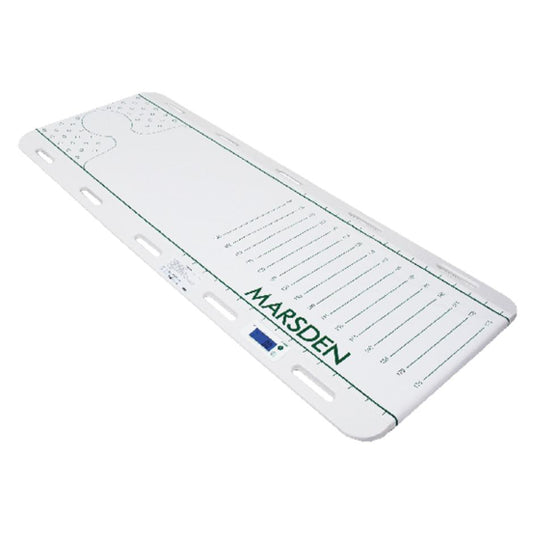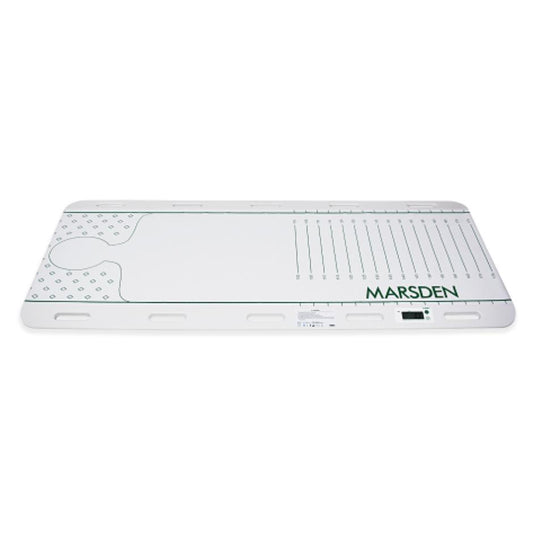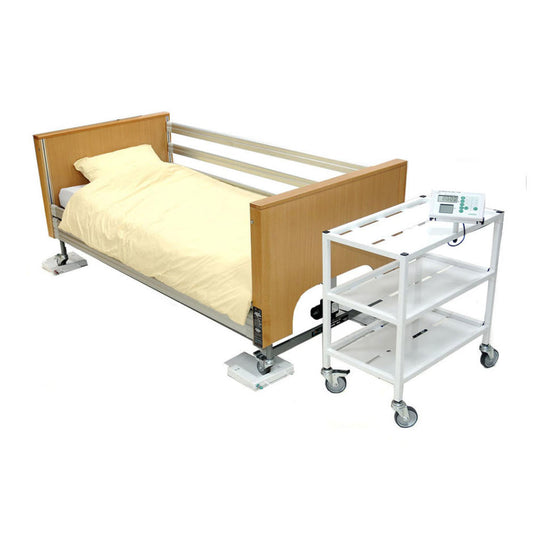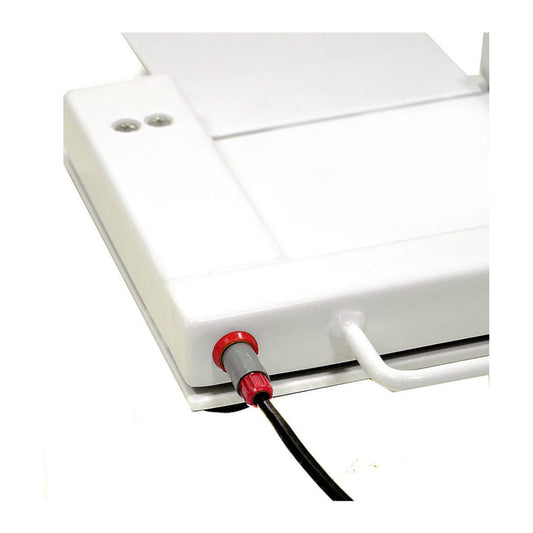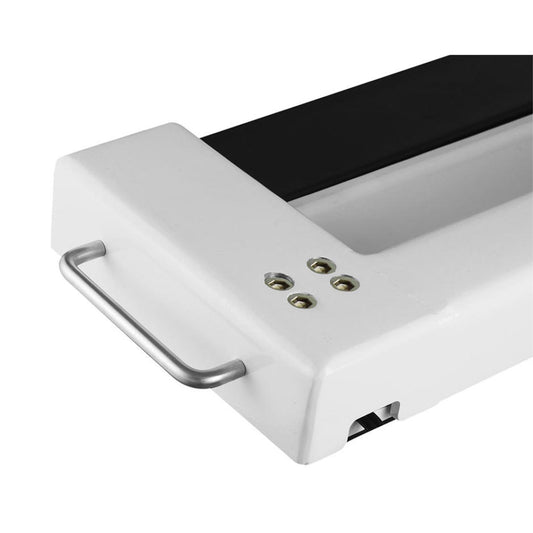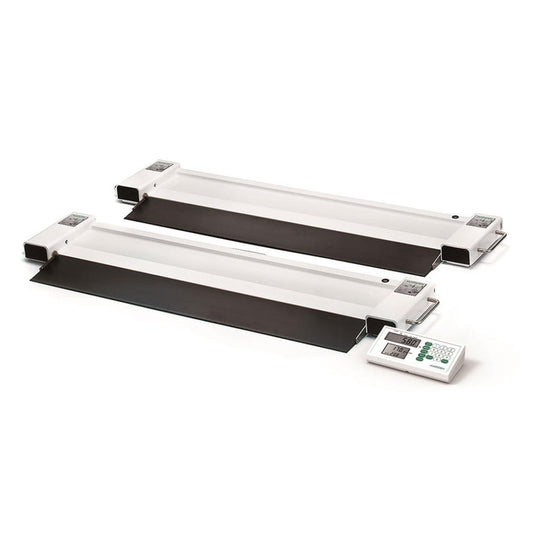Collection: Medical & Patient Scales: Hoist, Chair & Bed Scales
The Trade2Care Scales Collection features a wide range of medical-grade weighing devices designed for clinical, care home, hospital, and home environments. Whether you need hoist scales, chair scales, bed scales, or scale attachments, our collection covers it all with precision, reliability, and regulatory compliance. Explore products from Marsden, Seca, and more—each backed by specifications, user support, and quality assurance.
Why Choose Medical-Grade Patient Scales?
Accurate weight measurement is a critical component in clinical monitoring, medication dosing, and nutritional assessment. Unlike general bathroom scales, medical patient scales are engineered to meet healthcare compliance standards, provide reliable data under load, and integrate with lifting and hoist systems.
Types of Scales in This Collection
- Hoist Weighing Attachments: Devices like the Marsden M-600 integrate with patient hoists to weigh individuals while suspended.
- Chair & Wheelchair Scales: Compact beam or platform scales for users seated in wheelchairs.
- Bed / Mattress Scales: Sensors and frames to weigh patients while lying down, without repositioning.
- Scale Accessories: Batteries, scale adapters, calibration services, or spare parts.
Key Features to Look For
- Class III / medical device approval
- High precision (e.g. 0.1 kg or 100 g graduations)
- Capacity ranges (e.g. up to 200 kg, 300 kg, 600 kg)
- Connectivity options: Bluetooth, RS232, Wi-Fi
- Integration compatibility with hoists and lifting equipment
- Durability, portability, and ease of calibration
FAQs
Q: Can I weigh a patient using a hoist?
A: Yes, if the device is approved as a hoist weighing attachment (Class III / MDD). Devices like Marsden’s M-600 are purpose-built for that.
Q: How often should scales be calibrated?
A: Typically yearly certification is recommended, or more frequently in heavy-use environments.
Q: Is Bluetooth / Wi-Fi necessary?
A: For digital records and integration with electronic health systems, it’s highly useful—but not mandatory.
-
RS300 Homecare scale and adapter for Birdie Evo
Vendor:INVACARERegular price £1,066.00Regular price -
Marsden M-610 Portable Wheelchair Weigh Beams
Vendor:MarsdenRegular price £900.00Regular price -
Marsden TP‑2100 Thermal Printer
Vendor:MarsdenRegular price £282.00Regular price -
Marsden DP-3810 Battery Pack
Vendor:MarsdenRegular price £67.00Regular price -
Marsden DP-3800 Battery Pack
Vendor:MarsdenRegular price £67.00Regular price -
Marsden MG-4800 Hand Grip Dynamometer
Vendor:MarsdenRegular price £246.00Regular price -
Marsden CC-610 Carry Cases for Wheelchair Scales
Vendor:MarsdenRegular price £96.00Regular price -
Marsden CC-605 Carry Case for Hoist Scales
Vendor:MarsdenRegular price £66.00Regular price -
Marsden CC-600 Carry Case for Hoist Scales
Vendor:MarsdenRegular price £66.00Regular price -
Marsden CC-420 Carry Case for Personal Scales
Vendor:MarsdenRegular price £61.00Regular price -
Marsden B-400 Swab and Bench Scale
Vendor:MarsdenRegular price £266.00Regular price -
Marsden M-800 Bariatric and Geriatric Scale
Vendor:MarsdenRegular price £1,099.00Regular price -
Marsden MHS-2710 Hoist Weighing Scale
Vendor:MarsdenRegular price £822.00Regular price -
Marsden M-999 Patient Transfer Scale
Vendor:MarsdenRegular price £2,895.00Regular price -
Marsden M-950 Bed Weighing Scale
Vendor:MarsdenRegular price £3,307.00Regular price -
Marsden M-900 Bed Weigher
Vendor:MarsdenRegular price £3,466.00Regular price
